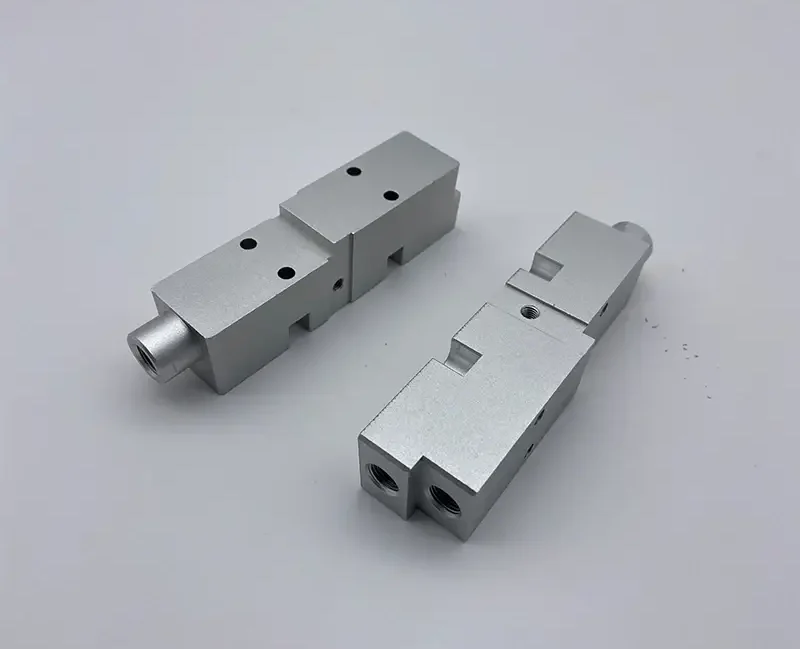Precision Machining Parts: Importance in Manufacturing
Most of the products and high-tech products we use every day can be manufactured through precision machining, which is the cutting, turning, milling, etc. of large blocks of material to produce more accurate parts. Cambridge Valley Machining stands out by providing design-to-manufacturing services focused on precision machining.
Computer numerical control equipment can be used to manufacture these precision machined parts. The machined parts consist of precise conditions and more complex features. These various small features that fit perfectly with other features make up the functional parts. Small features may include:
- Taper
- Thread
- Groove
- Hole
Since CNC equipment can produce these parts, there is little room for error, resulting in more precise parts. Due to their high accuracy and precision, they exhibit high performance and proper function and can be used to manufacture various components in various industries.
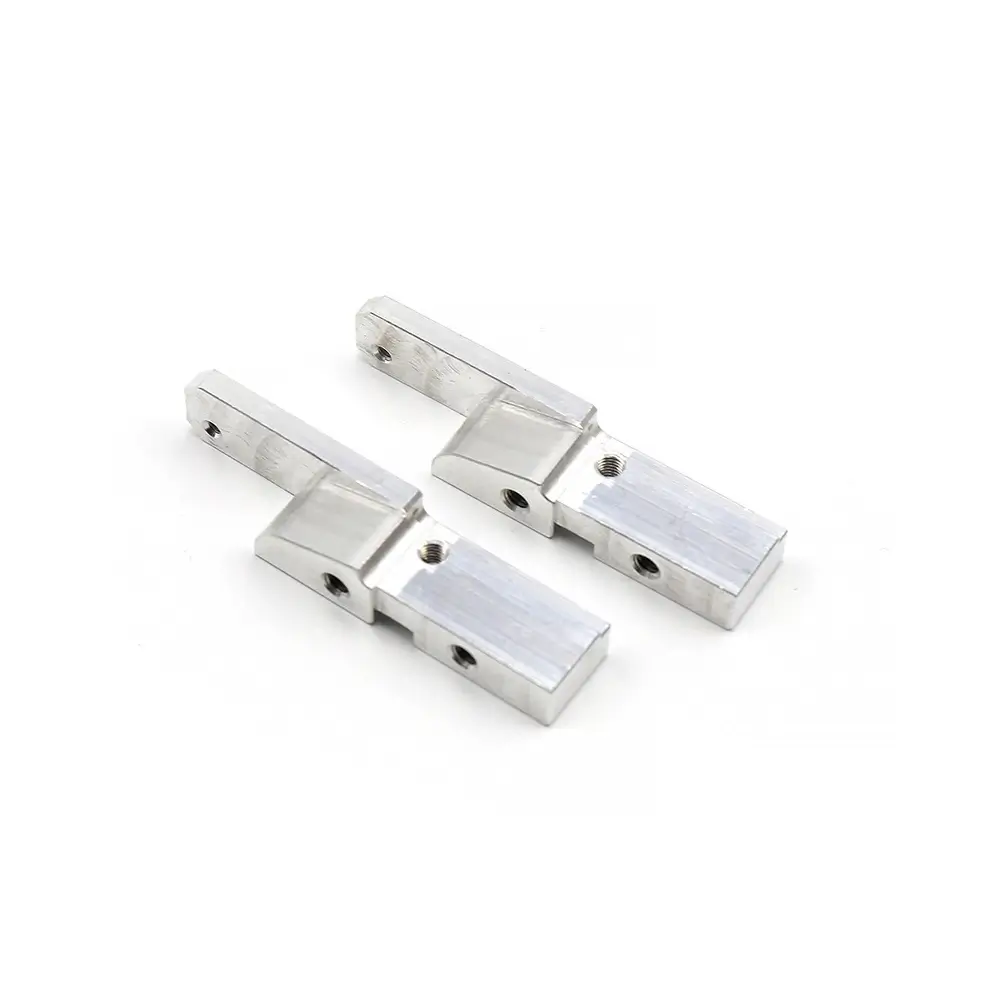
1.How to manufacture precision machining parts?
Manufacturing precision machined parts requires complex, advanced machinery and different types of tools. If equipment manufacturing is to be carried out, very skilled and professional operators are required.
Precision machined parts can be manufactured under controlled and safe conditions and under higher supervision. The following is the complete process of manufacturing precision machined parts.
Step 1
The manufacturing of precision machining parts begins with the formation of a sketch or drawing and the selection of the right size of the raw material.
Experienced engineers take inspiration from the sketch of the part. The drawing is exactly like the final product. Any mistakes in the sketch may result in a less than ideal final part.
Therefore, the sketch is carefully designed to prevent any defects and mismanufacturing. Usually, computer-aided design software is used to draw the sketch of the part.
Step 2
The engineer draws a 3D drawing based on the sketch, using AutoCAD software to draw the 3D drawing.
Step 3
After the machinist has made the 3D drawing, the part design is entered into the computer-aided manufacturing program or CNC machine tool, which removes the raw material through the computer to produce a more precise and accurate part.
Step 4
The computer software can provide instructions to the machine, and the machine makes fine cuts on the part according to the instructions, with higher accuracy and precision.
Step 5
Finally, we produce a precise part with ideal features. Hundreds of similar parts are manufactured through this precision machining process. The tolerance of the final part ranges from 0.01 mm to 0.05 mm, with precise specifications.
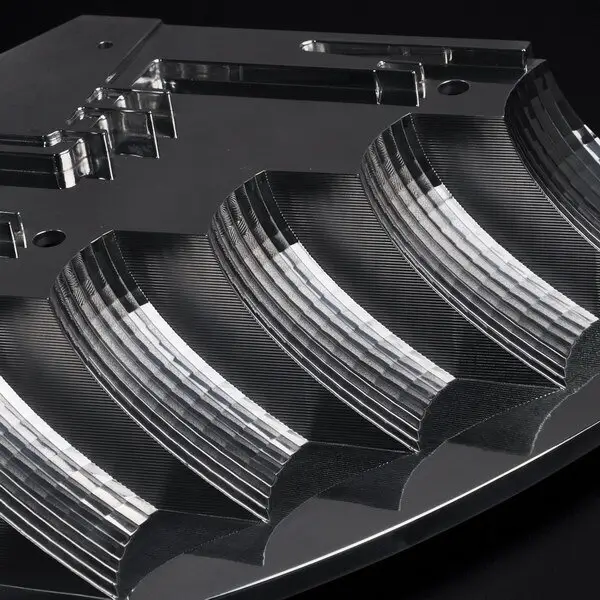
2.Manufacturing methods of precision machining parts
Precision machined parts can be manufactured by removing material from the part. The manufacturing of these parts is done by the following methods.
1) Milling
In milling, a rotating cutting tool uses a cutter to remove material from the workpiece. Milling machines are available in 2-axis and 5-axis types. They can make cuts at various angles on the workpiece. This versatile method is widely used by machine shops to remove material.
2) Boring
Boring is the most widely used method for manufacturing precision machining parts and is mainly used to enlarge and finish pre-existing holes. You can easily replicate this boring method on the workpiece with greater accuracy.
3) Turning
Turning involves the movement of metal relative to the cutting tool, thereby rotating the workpiece to produce the desired shape. These machine tools are available in 3-axis, 4-axis, and 5-axis types.
In turning, a computer-controlled turret is used to mount the tool. The most commonly used machine in turning is the lathe that rotates the workpiece to remove material.
4) Drilling
During the drilling process, a rotating tool creates a new hole in the workpiece. This method also involves the improvement of existing holes. The creation and improvement of holes is done with the help of a drilling machine. It can be used with a milling machine or a lathe to produce holes.
5) Reaming
This is a method of using a rotating cutting tool to smooth a hole in a workpiece. The main purpose of reaming is to make the hole wall flat. It also acts as a cutting process; therefore, it is used to remove material from the workpiece.
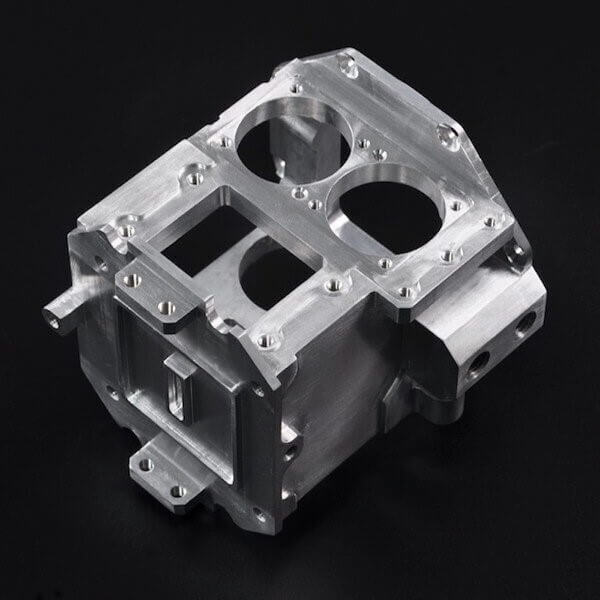
3.In what fields are precision machining parts applied?
We know that precision machined parts have high accuracy and precision and can be manufactured through computer-controlled processes, which greatly reduces the risk of errors in the final part.
Therefore, these high-precision and precision parts can be used to manufacture various functional products around the world. Here are some industries that use precision machined parts.
1) Aerospace
Precision machining parts are widely used in the aerospace industry. Using less accurate parts from other industries may result in unusable parts and incur additional costs.
We know that these industries require parts with minimal errors. This means that the industry requires high-precision and precision parts to manufacture the final parts.
Precision machining parts are used in engines, aircraft fuselages, and other important parts to ensure their accuracy and proper functioning. The aerospace industry generally requires harder materials to manufacture various parts.
The hardness of this material can be achieved by using hard precision machining parts, which may not be achieved by other machined parts.
Some of the important mechanical parts used by the aerospace industry include:
- Landing gear components
- Fuel flow components
- Fuel access panels
- Engine mounts
2) Oil and Gas
The oil and gas industry relies on precision machining parts because of their tight tolerances and high reliability. These industries use parts that are safe and prevent any leakage.
Such parts are chosen because a slight mistake can lead to the combustion of oil and gas, causing immeasurable damage to life and property.
Some of the CNC machinable parts used by the oil and gas industry include:
- Valves
- Rods
- Pistons
- Pins
- Cylinders
These are high-precision functional parts with minimal errors. These machining parts are often used in refineries and pipelines. The oil and gas industry often requires small parts, so these machinable parts are considered the best choice.
They not only fit but also perform specific functions very well. The most commonly used metal in these industries is Aluminum 5052, which is a highly corrosion-resistant metal.
3) Automotive
CNC precision machining parts are considered the top choice in the automotive industry. The automotive industry requires these parts to manufacture reliable and efficient vehicles such as cars, vans, motorcycles, etc. These parts usually have minimal deformation and tight tolerances.
In addition, these parts can be designed with complex features that make these machining parts different from other parts. It also enhances the uniqueness and functionality of the vehicle.
The most commonly used precision parts in the automotive industry include:
- Exhaust parts
- Engine parts
- Valve retainers
- Transmissions
- Engines
- Brakes
- Steering systems
- Fittings and fasteners
Precision machining parts can be used for fittings and fasteners. Fittings are small parts commonly used in plumbing systems. They can be used for the connection of straight sections of pipes. Due to the high durability of machined parts, they form durable connections.
CNC precision machining parts are also used to make fasteners. It is a hardware device used to combine multiple objects.
Most fasteners include:
- Studs
- Screws
- Bolts
- Nuts
- Bolt Clips
- Washers
Precision machining parts allow them to fit perfectly into objects.
4) Heating, Ventilation and Air Conditioning (HVAC)
Heating, Air Conditioning and Ventilation systems, also known as HVAC, are automated systems that control the quality of air and heat in a specific environment. Precision machining parts are used to manufacture heating, ventilation and air conditioning components.
Heat pumps that control heat use precision machined parts. In cold conditions, these heat pumps provide heat from the hot environment, and in warm conditions, these heat pumps remove excess heat, thereby maintaining a stable climate.
Ventilation and air conditioning systems control the quality of air in a specific area. They use exhaust fans that are manufactured with precision machining parts. These exhaust fans work by removing bad air from a specific area.
These bad air may include:
- Airborne bacteria
- Carbon dioxide
- Heat
- Smoke
- Dust
- Moisture
Exhaust fans are large in size and can effectively remove dirty air. Exhaust fans used in bathrooms are designed to remove bad odors. Heat pumps, ventilation equipment, and air conditioners are more durable and perform efficiently due to precision machining parts.
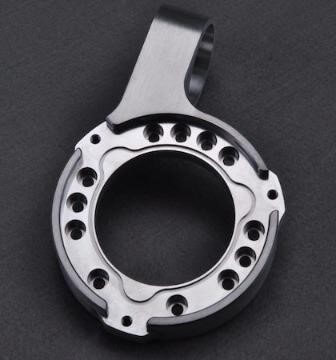
4.Conclusion
Precision machining parts are formed through the most effective precision machining processes. These machined parts are becoming more popular due to their higher durability, accuracy, efficiency, and tight tolerances.
Specific functions controlled by computers are used to design machined parts by removing material from the workpiece. These processes may include CNC milling, drilling, boring, turning, reaming, etc.
As high-quality parts, they are widely used in aerospace, oil and gas, and automotive industries. In addition, they may use fasteners and HVAC to achieve high performance. In short, precision machining parts make parts more durable, more accurate, and more efficient.
